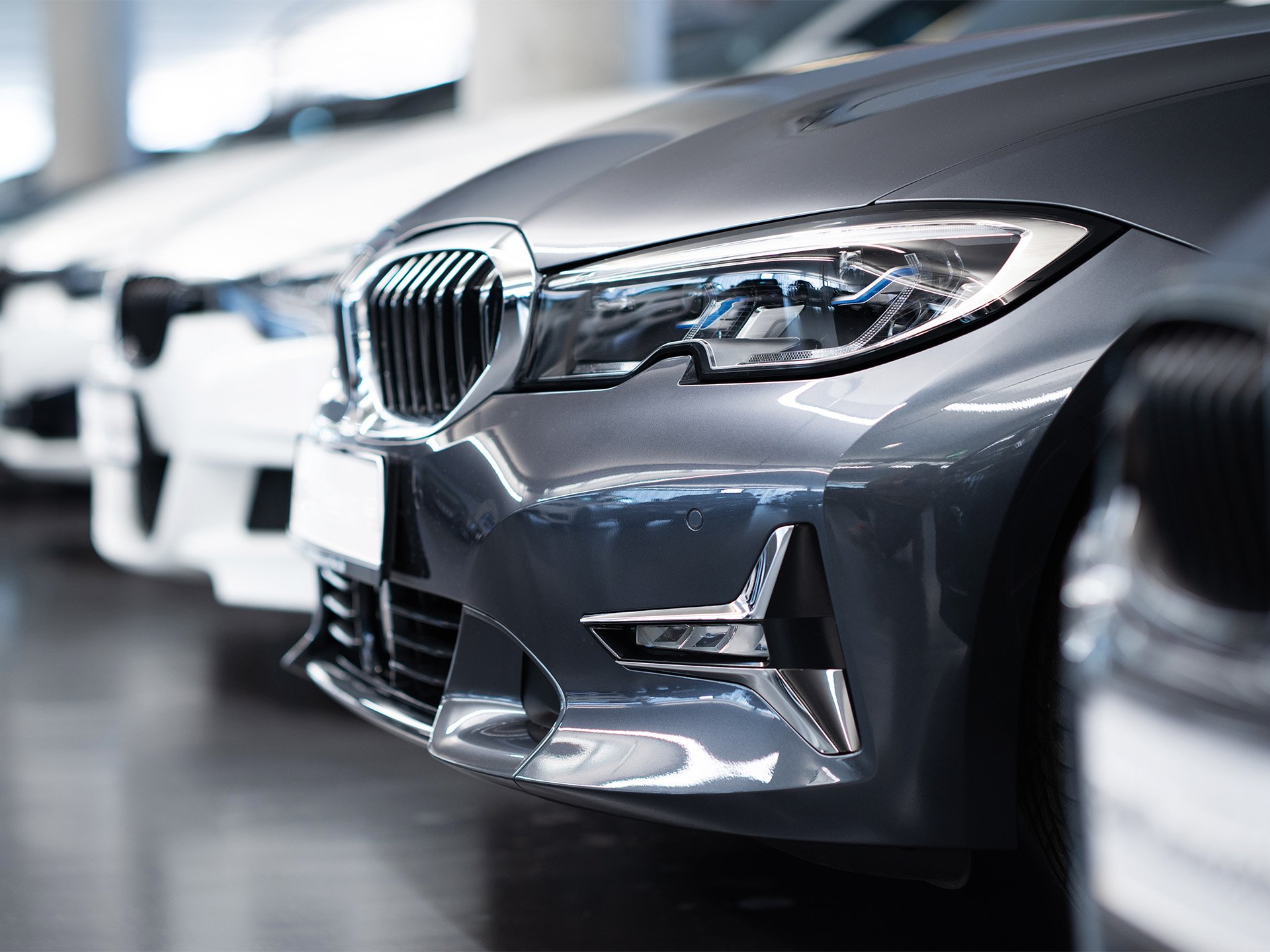Lightweight
Weight-optimized materials that enhance the fuel efficiency and range of electric vehicles

Advanced nonwoven technologies for acoustic comfort, durability, and aerodynamic efficiency in vehicle exteriors.
Advanced textile solutions for smarter, quieter, greener vehicles
Vehicle exteriors are more than just a shell – they are critical to performance, comfort, and sustainability. Freudenberg Performance Materials delivers innovative textile-based solutions that enhance acoustic insulation, protect underbodies, and contribute to lightweight construction. Our materials are engineered to meet the highest standards in durability, noise reduction, and environmental responsibility.
Weight-optimized materials that enhance the fuel efficiency and range of electric vehicles
Designed for harsh environmental conditions (temperature, moisture, abrasion)
used by leading OEMs and Tier 1 suppliers